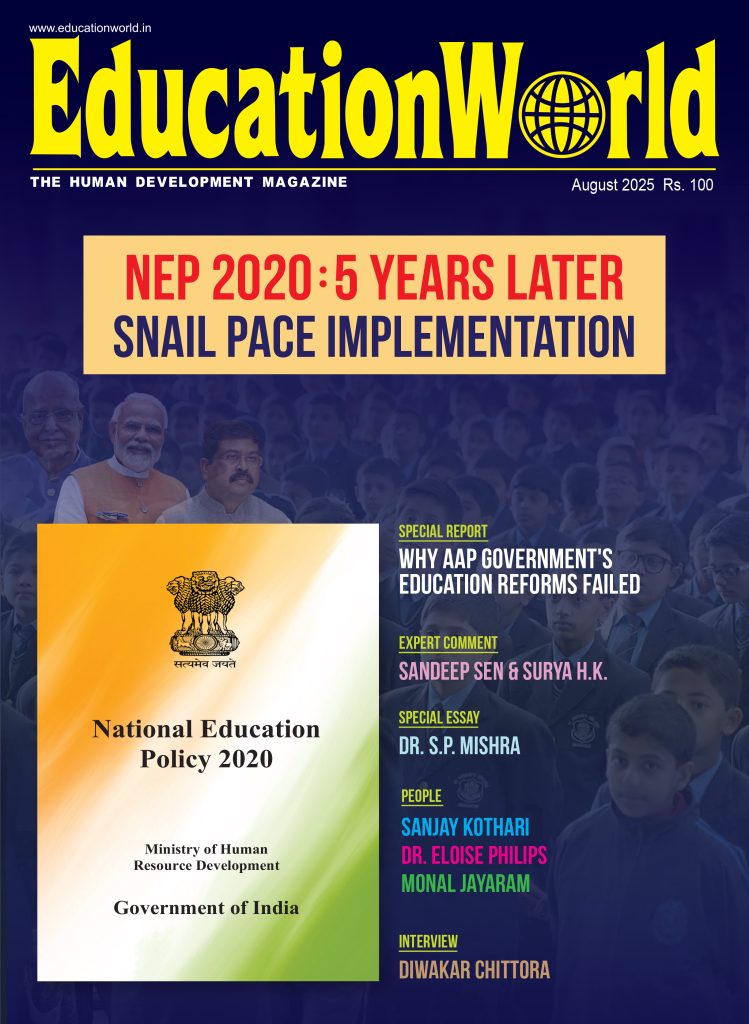Telecommunications: Bells ringing for telecom professionals
 As Indias hitherto moribund telecom industry struggles to meet public demand and foreign investment flows into this sunrise sector, the future for telecom engineers and managers with contemporary skill-sets is bright. Its a measure of the frenetic pace of activity in the telecom industry that the number of cellphone users in India has risen from one million in 1998 to 298 million in 2008 while the number of fixed line connections has risen from 20 million to 35 million during the same period. Moreover, with government monopoly in the telecom sector having ended and corporate heavyweights such as Reliance Industries and Bharati Televentures having entered this high-potential (Indias telecom density is a mere 27 per 100 people cf. 35 in China and 111.8 in the US) industry, career opportunities in the telecom and related industries are multiplying rapidly. In particular the demand for telecom engineers and managers with contemporary skill-sets is on the rise as foreign investment flows into this sunrise industry.
As Indias hitherto moribund telecom industry struggles to meet public demand and foreign investment flows into this sunrise sector, the future for telecom engineers and managers with contemporary skill-sets is bright. Its a measure of the frenetic pace of activity in the telecom industry that the number of cellphone users in India has risen from one million in 1998 to 298 million in 2008 while the number of fixed line connections has risen from 20 million to 35 million during the same period. Moreover, with government monopoly in the telecom sector having ended and corporate heavyweights such as Reliance Industries and Bharati Televentures having entered this high-potential (Indias telecom density is a mere 27 per 100 people cf. 35 in China and 111.8 in the US) industry, career opportunities in the telecom and related industries are multiplying rapidly. In particular the demand for telecom engineers and managers with contemporary skill-sets is on the rise as foreign investment flows into this sunrise industry.
Hitherto voice telephone communication was the primary service of the industry. But now transmission of data, graphics, and video via the telephone is commonplace. The development of fibre optic cables which transmit light signals through glass strands permits faster, higher capacity transmissions than was possible through traditional wire lines. Moreover networks of radio towers facilitatehigh-speed wireless telecom services including beeper, paging, and limited Internet access.
To qualify as a telecom industry professional, the minimum requirement is a four-year degree course in electronics and communications engineering. There are numerous engineering colleges, including the IITs offering this degree programme. The six IITs offering high quality internationally acceptable degrees apart, the next best colleges for electronics and communications engineering are:
Regional Engineering College, Warangal, Andhra Pradesh
Assam Regional Engineering College, Silchar
College of Engineering, Shivajinagar, Pune
Assam Engineering College, Guwahati
Haryana Regional Engineering College, Kurukshetra
Bharati Vidyapeeths College of Engineering, Navi Mumbai
Cummins Engineering College for Women, Pune
Jawaharlal Nehru Engineering College, Aurangabad
Maharashtra Institute of Technology, Pune
Department of electronics and technology, Guru Nanak Dev University, Amritsar
MBM Engineering College, Jodhpur
College of Engineering, Anna University, Guindy, Chennai
Institute of Engineering and Technology, SJM Kanpur University, Kanpur
Kalyani Engineering College, Kalyani, West Bengal
The termination of government monopoly in the telecom sector and consequential inter-firm competition has particularly fuelled the demand for professionals equipped with technical skills combined with business knowledge. Responding to this marketplace signal, some institutes have designed special study programmes in telecom management. Two Pune-based institutes are pioneers in this sector — the Symbiosis Institute of Telecom Management and Indira Group of Institutes, with both offering two-year PGDBM (telecom management) programmes.
SPECTACULAR DIFFUSION. Theres no dearth of career opportunities for electronics and telecom engineers. Telecommunications is the fastest growing industry in the engineering sector and the driving force behind the growth of the global information society and integrating world economy. The spectacular diffusion of the Internet and convergence of telecommunications, IT, and broadcasting industries represent great challenges and opportunities. The demand for telecom management and engineering professionals will continue to rise in future,” says Mitrabhanu Patel, general manager (HR & operations), Bharat Sanchar Nigam Ltd (BSNL), Pune, Indias largest telecom services provider.
An electronics and telecommunications engineering alumnus of Allahabad University and the J.K. Institute of Applied Physics and Technology, Patel successfully wrote the All India Engineering Services exam of the UPSC and was inducted into the Indian Telecom Service. For all government departments engineers are recruited through the UPSC,” says Patel.
After a three-year stint as a lecturer in electronics and telecommunications in the Sambalpur College of Engineering, Orissa, Patel joined the department of telecommunications which metamorphosed into BSNL on October 1, 2001. BSNL provides 27 percent of the countrys telecom services covering rural India as well, and employs more than 10,000 engineers. We provide two types of telecom services i.e landline and wired/mobile. In basic landline telephony MTNL and BSNL together have a 90 percent market share while in the cellular segment we have a smaller 17 percent market share. There will be 90 percent growth in cellular and 10 percent in landline connections this year, with five percent growth in broadband connections,” predicts Patel.
According to him, this scorching pace of growth in the telecom sector means an ever increasing demand for telecom engineers. Two years ago we hired 3,000 telecom engineers in the junior cadre. Moreover there is a growing demand from private service providers, whose number is multiplying. For us qualified and experienced telecom engineers are valuable assets,” says Patel.
Quite evidently as Indias hitherto moribund telecom industry struggles to meet public demand which was foolishly bottled up for decades, the future is bright for professionals in this sunrise industry.


















Add comment